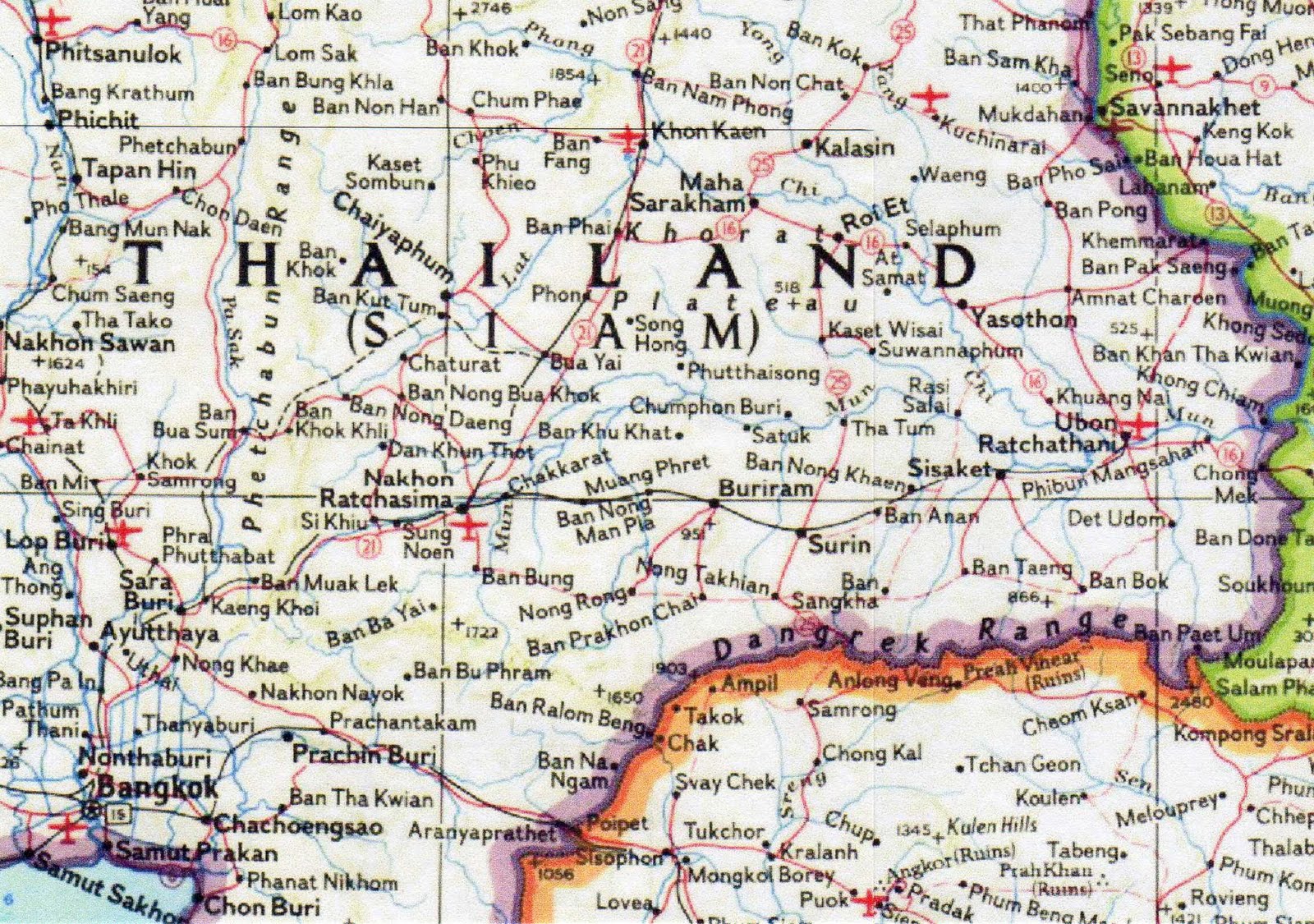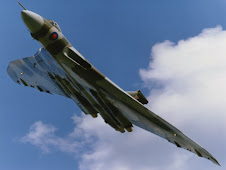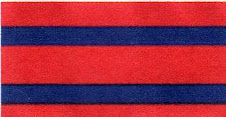This site is dedicated to the History of Operation Crown - Airfield in Thailand.
Ultimately it is about 59 Field Squadron, but to give a clear understanding, I will need to incorparate the other Units on the Operation.
There will be seperate sections, under each year, to record the story of Operation Crown.
Please leave your comments about the history, but most of all, leave your stories, so I can incorporate them in the overall story.
This will be a "running" story and not a collection of stories, I will use stories from the other two sites - 59 Sqn and 11 Sqn, for these I thank John and Hank, plus the lads who have lodged personal stories with them.
I thank the lads for the photographs, some taken by Official photographers of Crown.
I also thank everyone who is helping me with their own Memories and photos.
I will add a Roll Call on each Site.
Wednesday, October 28, 2009
Tuesday, October 27, 2009
Operation Crown
1963 – 1968
As a signatory of South East Asia Treaty Organisation (SEATO), Britain had an obligation to assist Allies in the Far East.
In early 1960’s, the Americans (also a signatory to SEATO)were becoming increasingly embroiled in preventing the march of Communism in Laos and Vietnam, they requested that Britain assist in their crusade.
In February 1963, it was proposed that Britain construct an Airfield at Loeng Nok Tha, near Mukdahan in Thailand, as part of the American’s Special Logistic Aid to Thailand (SLAT).
The proposal was accepted and given the code name “Operation Crown”.
The Units involved in the Project were:
11 Independant Field Squadron RE
59 Field Squadron RE
54 Corps Field Park Squadron RE - Detachment
34 Sqn RE
1963 – 1968
As a signatory of South East Asia Treaty Organisation (SEATO), Britain had an obligation to assist Allies in the Far East.
In early 1960’s, the Americans (also a signatory to SEATO)were becoming increasingly embroiled in preventing the march of Communism in Laos and Vietnam, they requested that Britain assist in their crusade.
In February 1963, it was proposed that Britain construct an Airfield at Loeng Nok Tha, near Mukdahan in Thailand, as part of the American’s Special Logistic Aid to Thailand (SLAT).
The proposal was accepted and given the code name “Operation Crown”.
The Units involved in the Project were:
11 Independant Field Squadron RE
59 Field Squadron RE
54 Corps Field Park Squadron RE - Detachment
34 Sqn RE
84 Survey Squadron RE - Detachment
302 Postal Unit RE - Detachment
2 Plant Trp, 2 Construction Sqn Royal New Zealand Engineers
2 Troop of 7 Field Sqn, Royal Australian Engineers – OC was Lt Norm Griffith
5001 RAF Airfield Construction Unit
ACC,
16th Commonwealth Field Ambulance RAMC,
RAOC ,
RASC (RCT) + 6 RA Drivers
REME,
Commanding Officer CRE: Lt Col. “Mad” Chris McIntyre RE MC, then Lt Col. Ken Orrell RE, whose No2 was Lt. Col. Bruce Downes (Technical Engineer).
Op. Crown was to construct an MRT (Medium Range Transport) Airstrip 5000ft long with 500ft overruns, 120ft wide with 90ft beams and apron with Parking area 1800ft x 600ft, control-tower, airfield fencing and lighting. Estimated cost £600,000.
The Official purpose of this Airfield were:
*To deliver troops, supplies and equipment for a Brigade Group.
*The deployment of fixed and rotary wing, short range take-off and landing aircraft.
*Aircraft types were - Hastings, Argosy and Beverley.
*To provide a means of subsequent maintenance of the force.
*The Parking Apron would provide space for 10 MRT Aircraft, 6 Helicopters and
2 x 10,000 Gallon Fuel Tanks.
*Design Glide angle was 1 in 50 with 15degrees of Splay.
Work would be carried out in two dry seasons:-
Jan 64 – June 64 –Clearance, Cut and Fill.
Oct 64 – June 65 – Complete Cut & Fill, Drainage & Surfacing.
513 Specialist Team (Airfield Construction) based at Deverell Barracks Ripon, did the Recce for Op Crown and the very 1st part of that recce was done in England in the Swindon area in early 1963. This specialist team consisted of surveyors, draughtsmen and soil mechanics, based in the RM College of Science at Shrivenham.
HQ Op Crown formed in Gilman Barracks, Singapore, where time was spent drawing stores/vehicles and getting them ready for shipping up to Thailand.
Lt.Col "Mad" McIntyre MC and RSM 'Timber' Wood were in command of the HQ Op Crown.
Flying out of RAF Changi (Singapore) in an Argosy to Ubon and by road to Mukdahan.
The advance party lived in hotels in Mukdahan until the tented camp was built.
The Movements Liason Officer & NCO was Cpl. Stan Sissons.
Over the following couple of weeks, HQ staff were travelling up & down between Mukdahan and Kok Talat, surveying the roads.
Once the Tented Camp was finished, HQ Op Crown moved in.
The area decided for the Airstrip, was right in the middle of a ‘paddy field’, under 2 to 3 feet of water, more during the monsoon period. It had no less than 7 individual rivers running across the site.

The water area seen under the aircraft engine, is the site for the Airstrip.
302 Postal Unit RE - Detachment
2 Plant Trp, 2 Construction Sqn Royal New Zealand Engineers
2 Troop of 7 Field Sqn, Royal Australian Engineers – OC was Lt Norm Griffith
5001 RAF Airfield Construction Unit
ACC,
16th Commonwealth Field Ambulance RAMC,
RAOC ,
RASC (RCT) + 6 RA Drivers
REME,
Commanding Officer CRE: Lt Col. “Mad” Chris McIntyre RE MC, then Lt Col. Ken Orrell RE, whose No2 was Lt. Col. Bruce Downes (Technical Engineer).
Op. Crown was to construct an MRT (Medium Range Transport) Airstrip 5000ft long with 500ft overruns, 120ft wide with 90ft beams and apron with Parking area 1800ft x 600ft, control-tower, airfield fencing and lighting. Estimated cost £600,000.
The Official purpose of this Airfield were:
*To deliver troops, supplies and equipment for a Brigade Group.
*The deployment of fixed and rotary wing, short range take-off and landing aircraft.
*Aircraft types were - Hastings, Argosy and Beverley.
*To provide a means of subsequent maintenance of the force.
*The Parking Apron would provide space for 10 MRT Aircraft, 6 Helicopters and
2 x 10,000 Gallon Fuel Tanks.
*Design Glide angle was 1 in 50 with 15degrees of Splay.
Work would be carried out in two dry seasons:-
Jan 64 – June 64 –Clearance, Cut and Fill.
Oct 64 – June 65 – Complete Cut & Fill, Drainage & Surfacing.
513 Specialist Team (Airfield Construction) based at Deverell Barracks Ripon, did the Recce for Op Crown and the very 1st part of that recce was done in England in the Swindon area in early 1963. This specialist team consisted of surveyors, draughtsmen and soil mechanics, based in the RM College of Science at Shrivenham.
HQ Op Crown formed in Gilman Barracks, Singapore, where time was spent drawing stores/vehicles and getting them ready for shipping up to Thailand.
Lt.Col "Mad" McIntyre MC and RSM 'Timber' Wood were in command of the HQ Op Crown.
Flying out of RAF Changi (Singapore) in an Argosy to Ubon and by road to Mukdahan.
The advance party lived in hotels in Mukdahan until the tented camp was built.
The Movements Liason Officer & NCO was Cpl. Stan Sissons.
Over the following couple of weeks, HQ staff were travelling up & down between Mukdahan and Kok Talat, surveying the roads.
Once the Tented Camp was finished, HQ Op Crown moved in.
The area decided for the Airstrip, was right in the middle of a ‘paddy field’, under 2 to 3 feet of water, more during the monsoon period. It had no less than 7 individual rivers running across the site.

The water area seen under the aircraft engine, is the site for the Airstrip.
Subscribe to:
Posts (Atom)





